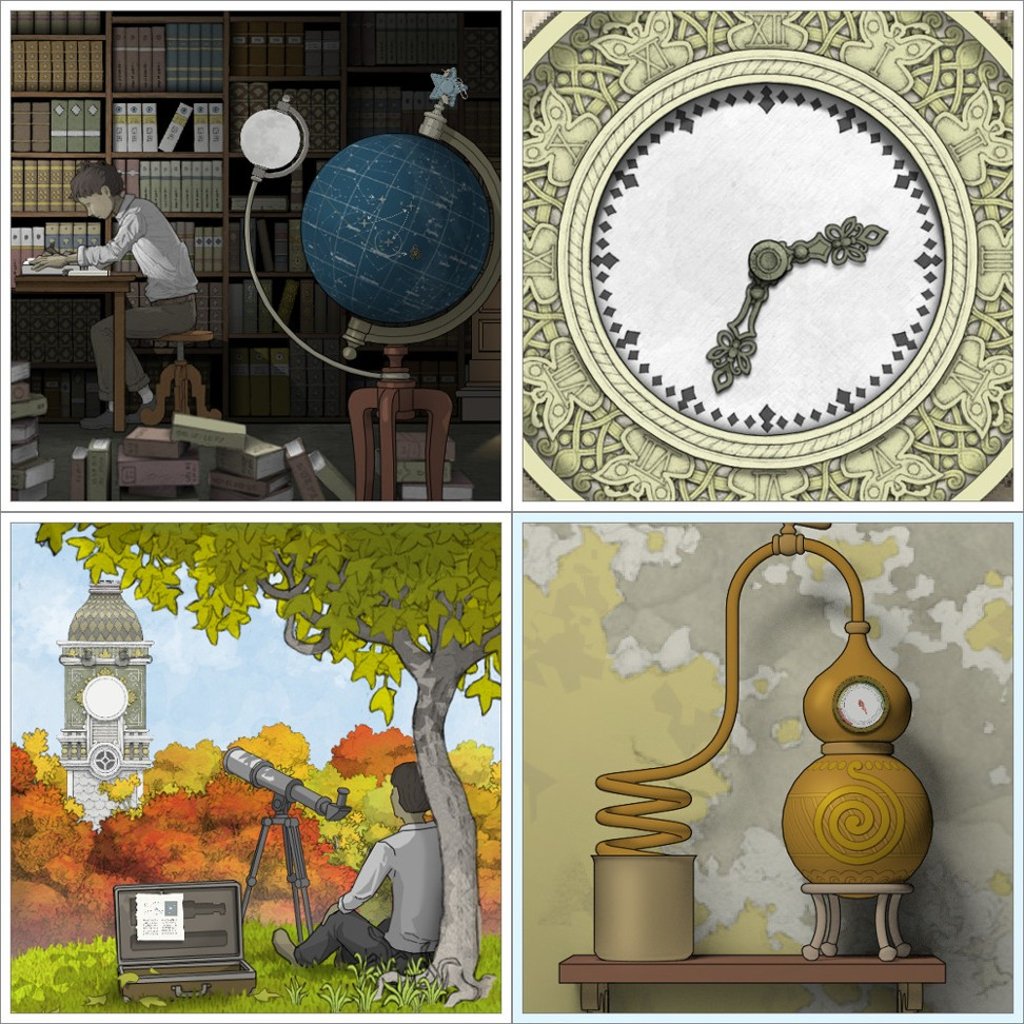Review | Gorogoa game review: a point-and-click sliding panel puzzler with graphic novel overtones
This beautifully drawn game involves combining scenes in four panels to complete puzzles, and aligning them in the search for five pieces of magical fruit. Ambiguous and aesthetically pleasing, it is a real mind twister

Gorogoa
Annapurna Interactive
Rare is the game that feels accessible yet strange, intuitive yet mind-bending. Gorogoa is an exquisite point-and-click game that’s not like anything I’ve played before. It occupies a spot somewhere between a puzzle game and an interactive graphic novel.
Game review: Lego Marvel Super Heroes 2 – join the block party
The story revolves around mystical experiences, and a strong current of ambiguity flows through it. It is a work that folds space and time on top of each other and trusts players to arrive at their own conclusions about what it all means. Unsurprisingly, I’ve seen some critics say it left them cold and others say it left them floored.
Gorogoa takes place on a four-squared grid over which players can click and drag tiles around as though playing a virtual card game or manipulating the panels of a comic book. Clicking on a panel can change a scene or allow one to zoom in or away from objects, or slide things between panels. Panels can then be combined in specific ways to solve puzzles that move the narrative forward.
Such actions resonate with the game’s larger themes of discovering, through study and spiritual practice, hidden correspondence in things that otherwise seem isolated and distinct. A simple puzzle may require one to zoom in on one panel’s detail, like a bird resting on a tree, and in another panel, a painting that depicts an apple on a branch. Aligning the panels fuses the scene together so that the apple is on the branch of the outdoor tree.

Game review – Call of Duty: WWII is an overly familiar return to series’ roots
Suspended in the air above them are five different coloured symbols. The boy fetches a blue bowl from a closet shelf and stands in the doorway. In an adjacent panel, one sees a door facing out on a street. Dragging that panel over the one of the boy standing in the closet doorway creates a new scene: the boy steps out onto the street where, eventually, an apple falls into his bowl. Via a thought bubble, we see that he associates the apple with one of the signs that appeared above the bowl in the book.